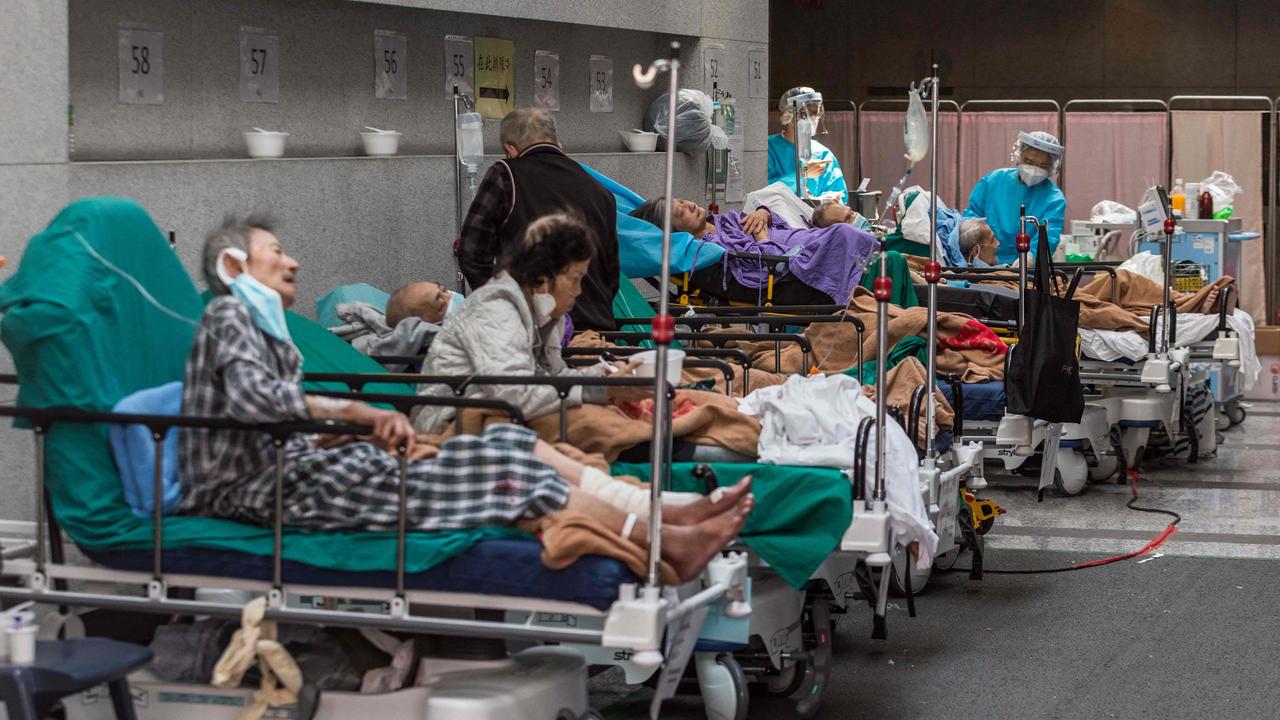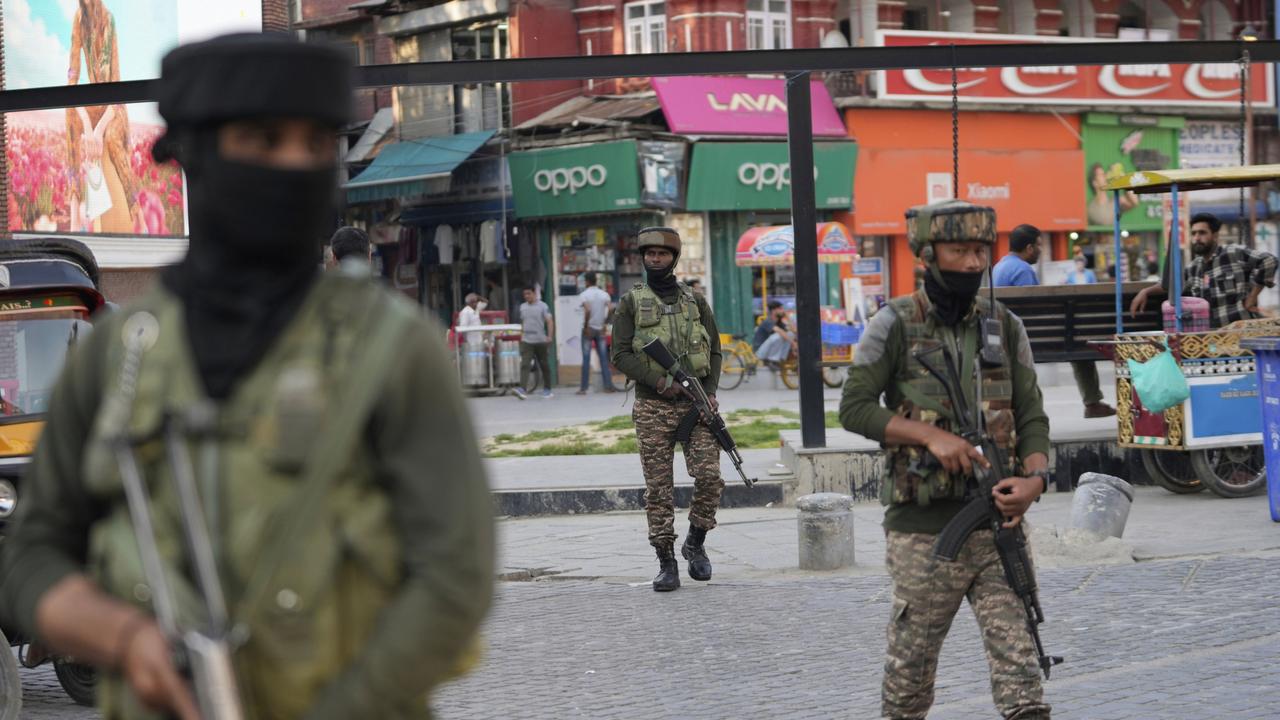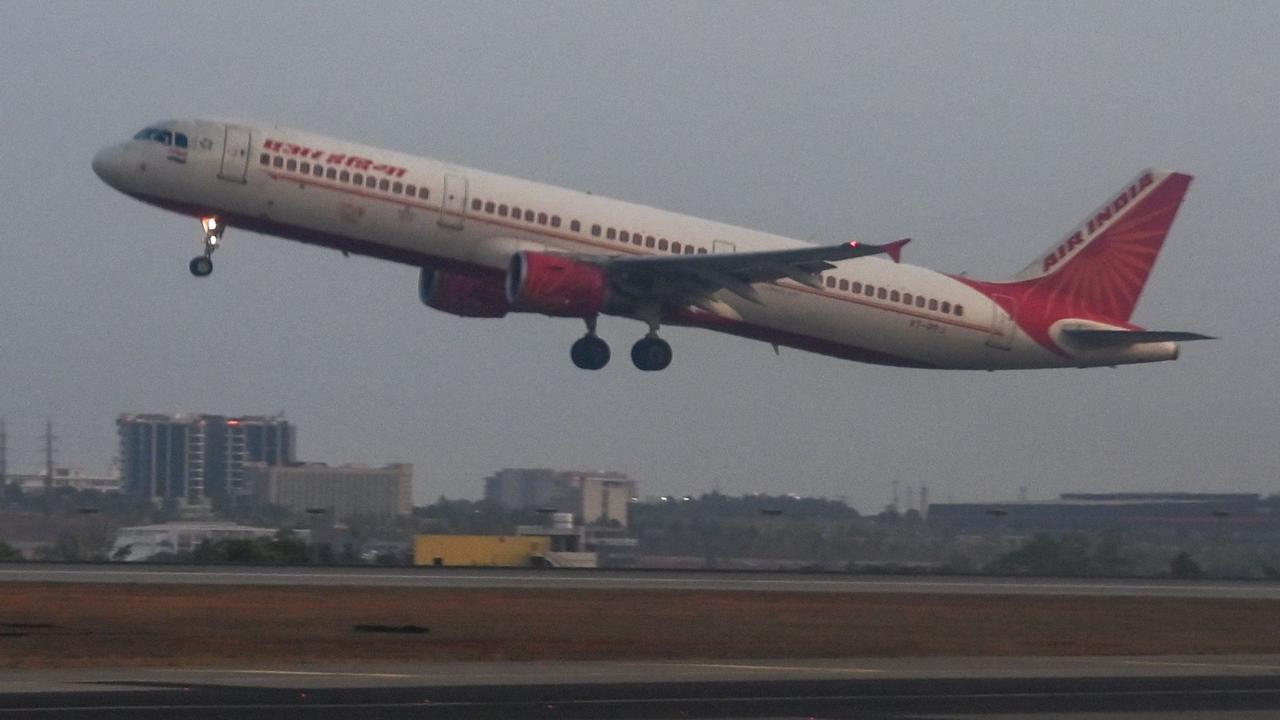Why Covid is devastating this city of 7.6 million
Once hailed as a model of pandemic management, Hong Kong looks to be buckling under record spread of the Omicron strain.

After betting on a Covid-zero strategy for the last two years, Hong Kong is struggling under the world’s highest rate of deaths per capita from the virus.
The city, which has a population of 7.6 million, has recorded 3152 deaths from Covid-19 in the past two weeks, according to the Hong Kong government.
On Saturday, Hong Kong recorded 285 deaths in one day, equating 34.95 deaths per million – the highest in the world, followed by 25.3 in Monaco, 23.56 in Mauritius, 21.22 in Sudan, 18.32 in Chile, and 16.28 in Norway.
The situation is grave: every single bed in Hong Kong’s Queen Elizabeth Hospital - once the largest hospital in the Commonwealth - has been reserved by the government for Covid patients.
It echoes scenes seen in Wuhan, Italy, or New York at the start of the pandemic, with patients being left to wait outside on the street, hospitals running out of oxygen, and body bags being stored in wards with patients who were still being treated for the virus because the mortuaries were full.
Outside of hospitals, Hong Kong today is reminiscent of bygone times in much of the rest of the world.
There are reports that Covid test results are taking over a week to be returned, and shoppers are clearing out supermarket shelves of medicines and daily necessities.

Hong Kong Chief Executive Carrie Lam ruled out the prospect of a citywide lockdown two weeks ago.
It is a dramatic about-face for a population that, for most of the last two years, could conduct daily life without giving thought to the pandemic.
Dr David Owens, a family doctor and founder of Hong Kong Central District’s OT & P Healthcare, wrote in a blog post that the dire situation had been brought on by a “lack of foresight.”
Dr Owens claimed there were three reasons Ba.2 - the highly infectious sub-variant of Omicron - was ravaging Hong Kong.
“(1) Low levels of natural population immunity, (2) Low levels of vaccine-induced immunity in the most vulnerable, and (3) An overloaded health system.”
According to the Hong Kong government’s dashboard, only 64.25 per cent of residents aged between 70 and 79, and only 34.8 per cent of residents aged 80 and over have received two doses of any Covid vaccine, most of which was the Chinese-produced SinoVac vaccine.
The SinoVac vaccine is one of two Chinese vaccines approved for use by the World Health Organisation and research shows it has far less efficacy than other vaccines, such as those produced by Pfizer, Moderna, or AstraZeneca.
The SinoVac vaccine is also less effective against the Omicron strain of the virus.
Dr Owens said the political machinations between Hong Kong and mainland China were also to blame for the skyrocketing deaths.
After violent protests in 2019, most Hong Kong residents who agitated against increased Chinese government control over the city have left or been silenced.
Since then, Hong Kong’s governance has been more in lock-step with that of the Chinese government, including China’s ‘dynamic zero’ Covid policy of swift lockdowns and quick suppression of small outbreaks.
Last month, chief executive Carrie Lam told reporters that she did not clearly define what ‘dynamic zero’ meant.
“‘Dynamic zero’, I admit, is a strategic requirement of the mainland,” Ms Lam said. “But I’m not the initiator [of the policy], so if you want an authoritative definition of the word ‘dynamic’, I’m sorry, I really can’t explain it.”

China has largely tried to suppress Covid as much as possible, against the warnings of many experts who say it is not a sustainable goal.
During the Beijing Olympics, bypassers were warned not to come to the aid of athletes, coaching staff and helpers in the Olympic bubble in the case of a car crash, for fear of Covid infection.
Hong Kong, for most of the pandemic, has mandated that visitors from outside China and Macao quarantine in a government-approved hotel, for as long as 21 days if that visitor is entering from an area deemed high risk.
However, the cracks have started to appear even in China’s facade.
China is currently seeing its largest spike in infections since the original virus was detected in the country two years ago.
Overnight, the government announced that Shenzhen’s roughly 13 million residents would be put into lockdown, and Shanghai’s school system would be closed, after nearly 3400 new cases were detected.
While these numbers pale in comparison to Australia’s daily case count, China has been one of the countries most successful at suppressing the transmission of Covid-19 and Saturday was the first time since the start of the pandemic the nation has recorded more than a thousand new cases in a day.





